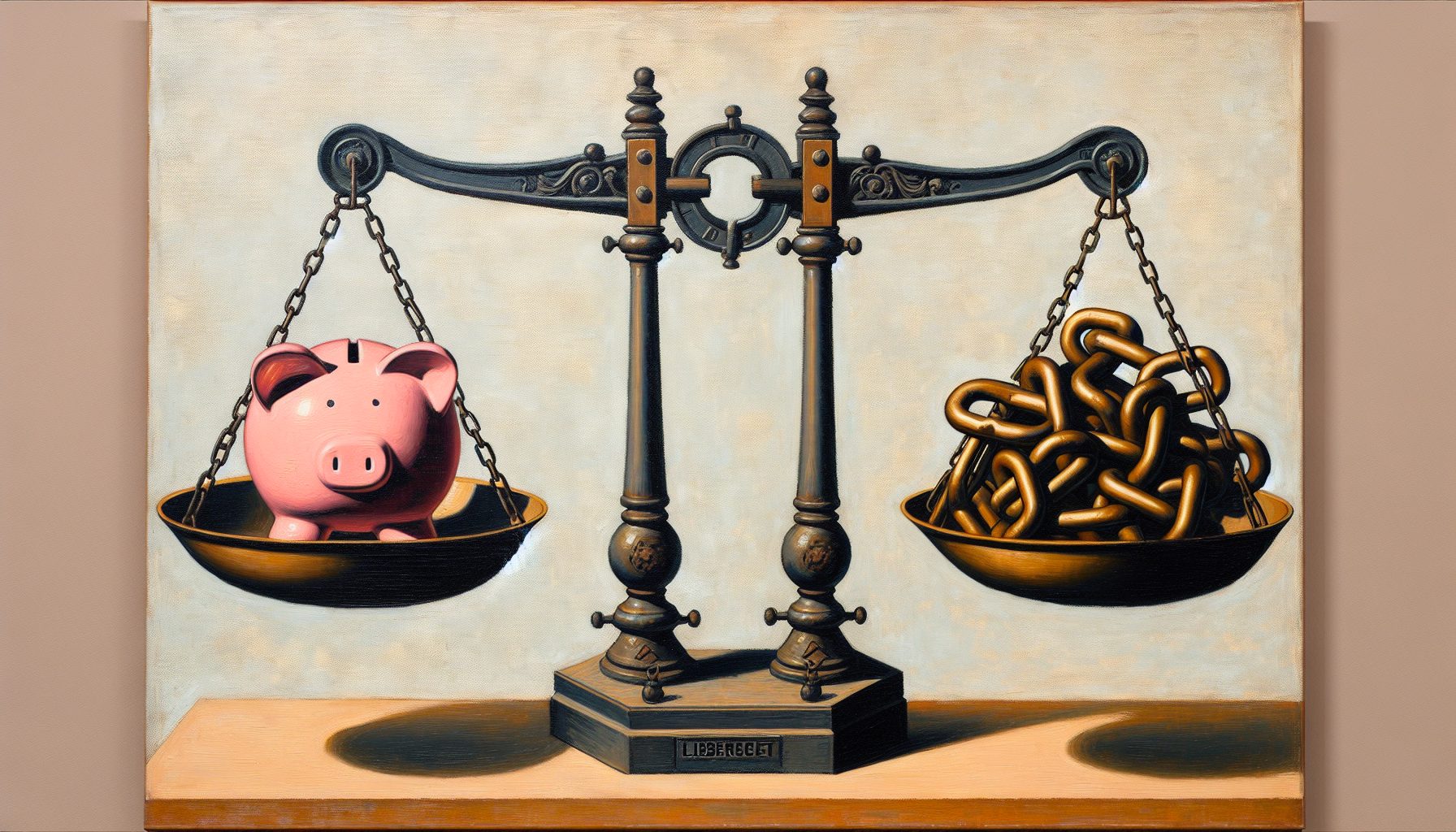The latest analysis from RevenueCat presents an alarming fact that about 92% of subscription-based mobile apps fail to be profitable. This finding comes from a broad study involving around 29,000 applications and over 290 million subscribers. The data also illustrates a highly concentrated market, with the top 1% of profitable apps controlling a whopping 95% of the total market revenue. Adding to the concern, only 3% of subscribers continue their subscriptions beyond a year.
The study uncovers stark income disparity, with the top 5% of subscription apps earning 200 times more than apps in the lower quartile. Consequently, a tiny fraction of apps dominates the market, causing high competitiveness that leaves many struggling in their wake. However, despite such challenges, developers persist, hopeful of securing a place within the profitable minority.
Understanding the profitability of apps requires consideration of numerous factors such as app quality, effective marketing strategies, and audience reception. The app development landscape, while teeming with potential, demands careful planning and strategy. Those committed and creative enough still have a vast array of opportunities for success.
Significant income milestones can also lead to further growth. The study points out that over half of successful apps make between $2,500 and $5,000 per month, while only a small 3.5% manage to hit the $10,000 monthly mark.
Among industries, health and fitness apps generate at least twice the income of all others combined, leaving travel and productivity apps trailing. This stark income disparity underscores a shift in consumer spending, highlighting the importance of staying attuned to evolving trends.
Despite worrisome figures, the average monthly subscription cost has risen by 14% to $8.01. In contrast, subscriber retention over a year has dropped by 14%, prompting developers to consider a one-time payment approach. Furthermore, consistent innovation and advancements, particularly in the health and fitness sector, together with the rise in average subscription prices and consumer demand for convenience, continue to propel the industry forward.
The COVID-19 pandemic has also led to a surge in digital subscriptions, ultimately contributing to a major expansion of the market. And as consumers lean more towards convenience and personalization, the subscription app market is expected to continue thriving. The evolving nature of this market indicates potential opportunities for those businesses seeking to capitalize on this growth trend.









